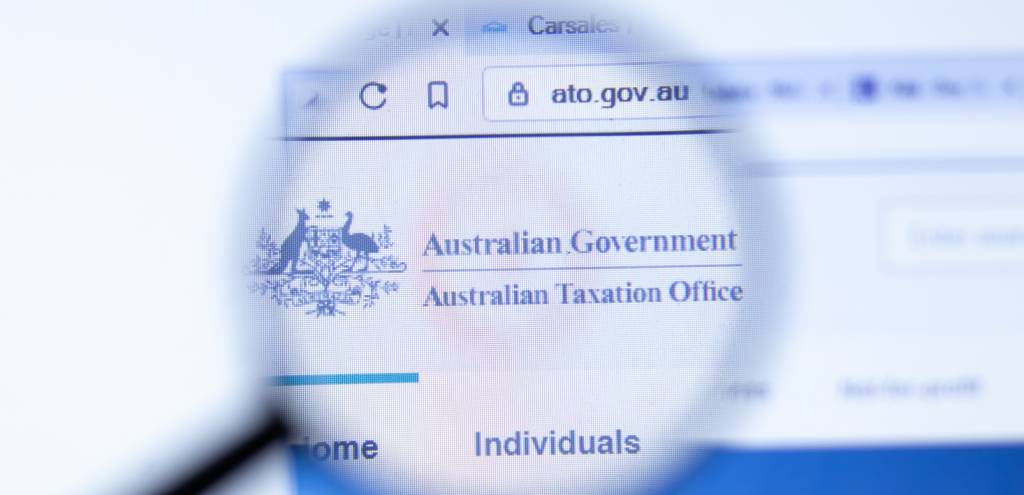An official audit of artificial intelligence within the Australian Taxation Office (ATO) has revealed the AI tools used on small business taxpayers, with bespoke systems assessing everything from deductible expenses to income hidden in the ‘black economy’.
The Australian National Audit Office (ANAO) on Monday released its 78-page report on AI governance within the tax office, counting 43 AI tools in production as of May 14, 2024.
The audit details 14 models introduced between July 1, 2023, and May 14, 2024, giving a clear insight into how the ATO uses artificial intelligence to boost tax compliance among small businesses.
Those tools include the ‘Black Economy Omitted Income Scoring Job’, which helps the ATO clamp down on cash-in-hand jobs through to illegal economic activity.
The model “aims to generate predictions on the likelihood and consequence of omitted income in the small business market,” said the report.
“These predictions can then be used as guidance on newly opened compliance cases.”
Other AI tools feed into the Tax Practitioner Risk Model (TPRM), which is used to ensure accountants are providing the right figures to the tax office.
That includes ‘TPRM Small Business Stratified Sampling’, which “aims to assess whether a tax agent is understating the amount of total business income their clients reported to the ATO or overstating total deductible expenses which are claimed by the taxpayer”.
Other TPRM AI models are focused on GST, PAYG withholding, the superannuation guarantee, and BAS lodgments, all of which flow through to small business taxpayers.
The ATO’s AI tools also zero in on small business owners living a lifestyle that doesn’t fit with their reported income.
The TPRM Unexplained Wealth model “aims to assess tax agents on the incidence and the amount of their clients’ household lifestyle income (either shortfall or surplus) in comparison to other tax agents”.
The ATO’s 43 AI models use a combination of machine learning algorithms, natural language processing, deep learning, and neural networks, according to the report.
The ATO delineates between those models and its existing data analytics processes, which have long been used to process torrents of taxpayer data.
Its AI models engage in both “supervised and unsupervised learning approaches,” and the ATO “uses its AI models to support decision-making,” according to the report.
Notably, “none of the 43 models make fully automated decisions,” meaning the ATO’s AI systems do not assess data and take action without some kind of human input.
But some of the models are capable of producing ‘nudge’ messages, prompting taxpayers to double-check the figures they hand over to the tax office.
This includes “real-time messages to individuals completing their income tax returns if their work-related expenses are not within the expected range for their circumstances”.
The ATO now has in excess of 100 specialist data scientists, capable of developing and implementing AI models in-house.
But the audit also revealed the third-party tools approved for use within the ATO, including:
- Microsoft Copilot,
- GitHub Copilot Visual Studio 2022 Extension for Business,
- Code Llama,
- Llama 2,
- Adobe Creative Cloud,
- OpenAI ChatGPT Team,
- IBM Cloud IaaS, and
- CoPilot for Microsoft 365.
ATO accepts audit recommendations
The ANAO gave the ATO plaudits for adapting existing data management and governance arrangements to support the adoption of new AI tools, “including to support risk management and assessments of ethical considerations”.
But it “lacks effective arrangements for the design, development, deployment and monitoring of its AI models,” said the report.
The ATO has not established AI-specific risk management protocols, and is yet to fully apply its data ethics framework across its AI systems, the report added.
Some 74% of its AI models in production did not have completed data ethics assessments.
Work to meet those thresholds is underway, with new ATO AI policy and risk management guidance scheduled for December this year.
The ANAO levelled seven recommendations to upgrade AI governance, risk management, evaluation and information management, all of which the ATO agreed to in full.
“We take our responsibility around data ethics and data stewardship extremely seriously,” the tax office said in a statement accompanying the audit.
“The ATO only uses AI technologies in limited ways that recognise the importance of security, privacy, transparency and the ethical use of data with appropriate human oversight.”
The tax office will “continue to implement and build on the recommendations identified to help us evolve and remain current in the face of rapidly advancing AI capability, and ensure we leverage AI in a safe way to create a better tax system for all Australians,” it added.
Never miss a story: sign up to SmartCompany’s free daily newsletter and find our best stories on LinkedIn.





